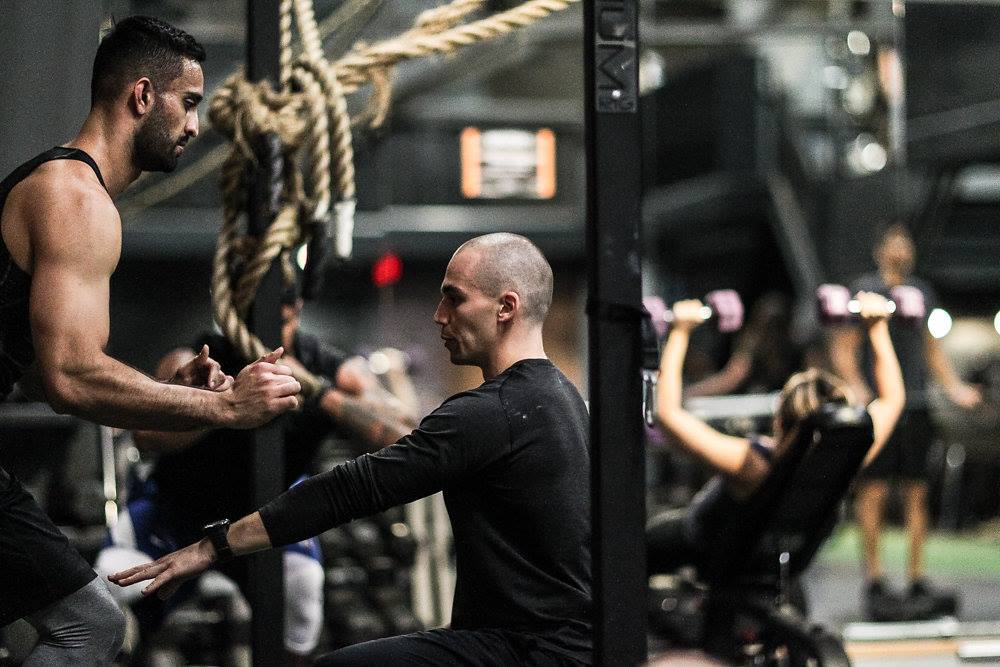HIIT for runners: more benefit in less time
High-intensity interval training can benefit your running in a variety of ways


Something to consider for your next marathon build or half-marathon training block: high intensity interval training, or HIIT, can be a great way to boost your overall fitness, speed and endurance, while saving time. In the off-season, doing HIIT strength workouts may also offer the injury protection of cross-training, provided you adapt to it gradually, focus on good form, and are not aggravating an existing injury.
RELATED: Study proves HIIT cycle improves running performance
Almost any type of workout, whether strength-based or running-based, can be turned into a HIIT workout, simply by increasing intensity and limiting rest between repetitions. Runners who do sprint interval workouts are already doing HIIT, even though they may not refer to it that way.

We spoke to Martin Daignault, a registered kinesiologist and the general manager of Myodetox Performance in Toronto. Daigneault races 100-milers, so he understands as well as anyone how endurance runners can use HIIT to best advantage.
“The keyword is high intensity,” says Daignault. “In a 5K race, for example, you’re primarily using your aerobic system. But when you do 200m sprint intervals in training, you’re improving your anaerobic system, which you also need in a race. Sprint intervals are proven to increase your VO2 max, so you can consumer more oxygen.”

HIIT workouts can also be done in the gym, to improve your strength as well as conditioning. As Daigneault explains, your focus in training is on your engine (aerobic and anaerobic systems and VO2 max), but it’s your muscles and connective tissues that actually propel you forward, and HIIT can be a way to get those benefits without having to spend hours in the gym every week.
Here’s an example of a 10-minute HIIT workout you can do outside with no equipment.
30 seconds of jump squats
15 seconds rest
30 seconds of burpees
15 seconds of rest
30 seconds of uphill sprinting
15 seconds of rest
Repeat x3
Make sure to warm up and cool down with some light jogging.
Maddie Crichton is a HIIT instructor at Myodetox Performance in Toronto who is looking forward to racing her second marathon, at Chicago on October 7. “What I love most about HIIT is how creative you can get,” Crichton says. “Finding different places in the city to use elements like stairs and benches, and you can bring rubber bands to add resistance. It gets your heart going and accelerates your workout. You don’t need to spend hours, but you see the benefits as much or more than spending an hour at the gym.”
Crichton suggests finding a park with a hill or stairs, or a bench. She recommends doing two different circuits, each with three or four exercises–one circuit for the upper body and one for the lower body. For example:
For the upper body:
30 seconds of elevated pushups (with your feet on a bench)
10 seconds of rest
30 seconds of tricep dips
10 seconds of rest
Repeat x4
For the lower body:
30 seconds of explosive step-ups (using a bench)
10 seconds of rest
30 seconds of elevated split squats (with your back foot on a bench)
10 seconds of rest
30 seconds of jump squats
10 seconds of rest
Repeat x4
You can play with the interval timing, e.g. 45 second interval, 15 seconds of rest. For timing, try the Tabata app.

